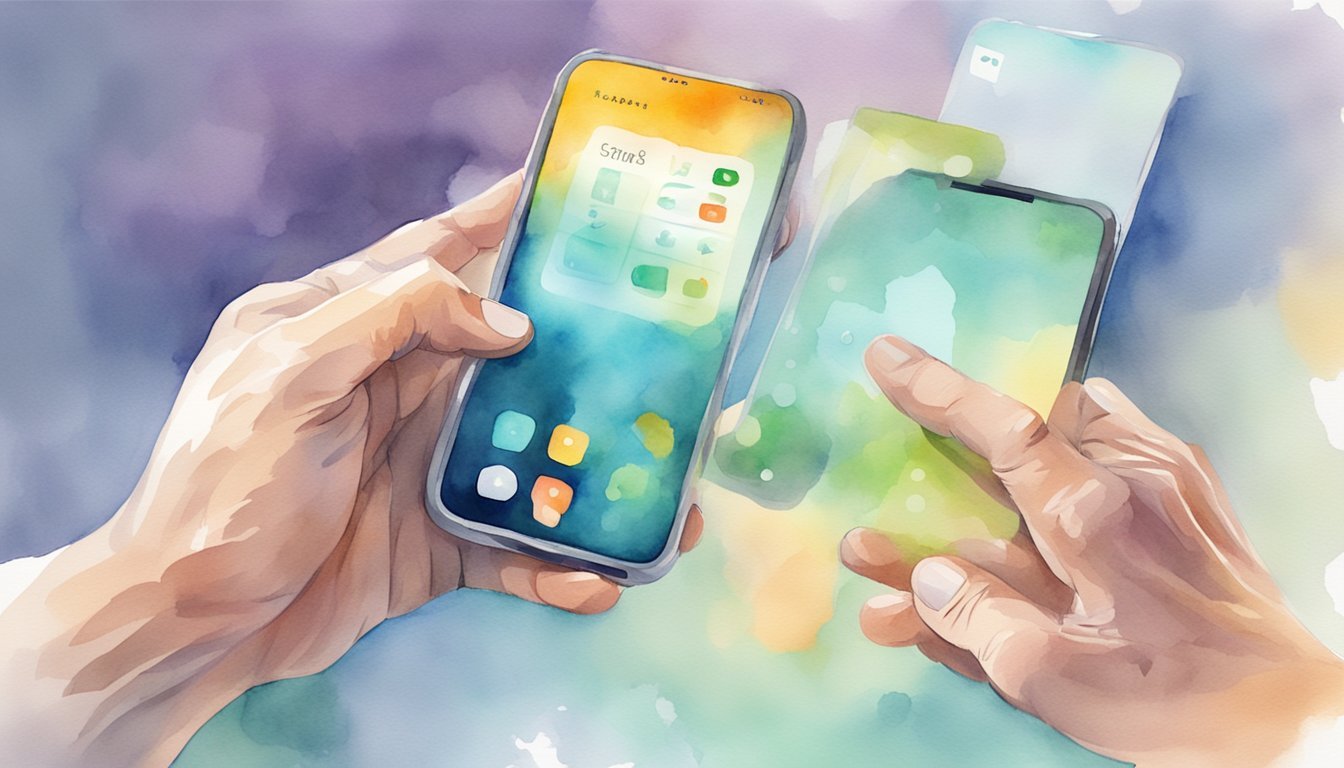Choosing the Right Smartphone
When selecting the right smartphone, seniors should consider how the device’s features meet their specific needs, ensure ease of use, and reflect on the cost relative to their budget.
Understanding Your Needs
Seniors must first assess their individual needs. This includes considering how often they’ll use their smartphone, what they’ll use it for – such as calls, texts, or photography – and any senior-friendly features they may require. Ease of use often tops the list, with larger screens and simple interfaces being key aspects.
Smartphone Features and Design
The design of a smartphone greatly impacts its usability. Seniors may benefit from phones with ergonomic features, large and clear displays, and high-quality speakers. Accessibility features like voice commands and adjustable text sizes also contribute to a smartphone’s appeal. Additionally, sufficient storage space for photos and apps is important for a seamless experience.
Affordability and Cost Considerations
Finding an affordable smartphone that doesn’t compromise on technology or quality is crucial. Seniors should weigh up front costs against ongoing expenses such as data plans. Some carriers even offer discounts or plans tailored for older adults, providing a balance of features and affordability.
Top Smartphones for Seniors
There are smartphones on the market that cater to seniors’ preferences and needs. Phones like the Lively Jitterbug Smart3 combine senior-friendly features with modern technology. For those seeking traditional design, the resurgence of feature phones, such as the new Nokia 3310, offer simplicity and ease of use.
Staying Connected and Safe

Today’s smartphones for seniors offer a blend of communication tools, health and accessibility features, varied service plans, and safety enhancements—all crucial for staying connected and protected.
Communication Tools
Smartphones designed for seniors include essential communication methods such as calling, texting, and video calling capabilities. The Lively Jitterbug Smart4 provides large icons and text for easy navigation, facilitating clear text messages and high-quality calls. Additionally, newer models like the iPhone 15 Plus come with FaceTime, enabling video calls that help seniors connect face-to-face with loved ones.
Health and Accessibility
Seniors’ phones are increasingly integrating health and safety features. Some devices, such as the Jitterbug Flip2, come with a built-in urgent response button for immediate assistance. Hearing aid compatibility, voice commands via systems like Siri, and larger font sizes enhance daily use. For seniors facing dementia or cognitive decline, the simplicity of a phone with easy-to-understand icons and simple navigation aids tremendously.
Service Providers and Plans
When considering cell phones for seniors, finding an affordable plan that provides essential services without a long-term contract is often a priority. Carriers such as Verizon, AT&T, and T-Mobile offer specialized plans for seniors with perks like AARP discounts. Budget-friendly options like Mint Mobile may cater to seniors needing basic plans with features like unlimited talk and text.
Safety and Emergency Features
For many seniors, having safety features integrated into their phones is a significant comfort. GPS tracking, which can assist in emergency situations, is common in phones like the Samsung Galaxy S24. High-quality cameras can double as tools for recording information during doctor visits or capturing memories. Smartphones with emergency call buttons or compatibility with medical alert systems further add to the safety net for seniors.

